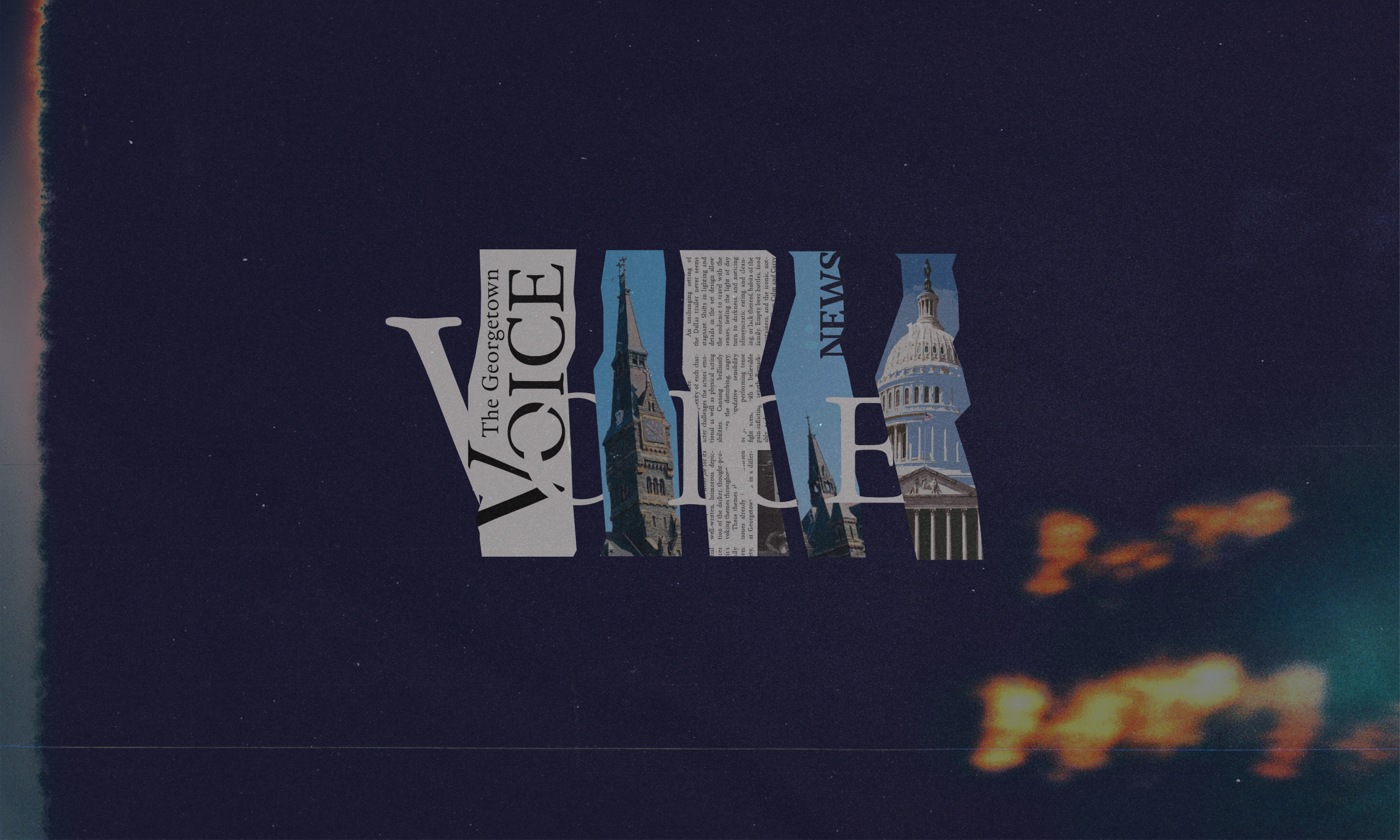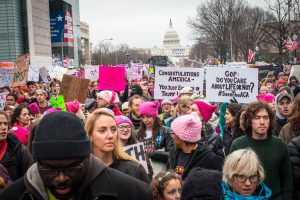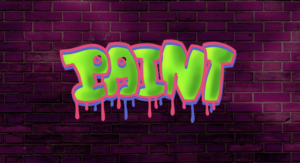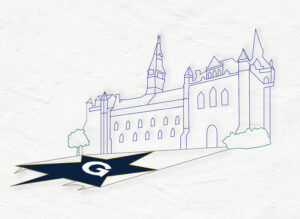When Naomi Gould (CAS ’25), a first-year representative for the Jewish Student Association (JSA), went home to Darnall 2 on Jan. 22, the last thing she expected to run into was a symbol of hate.
“Antisemitism is something that I learned about in school growing up, because I went to a Jewish day school,” Gould said. “But as soon as [it’s] 20 feet from your room, you’re forced to confront it.”
Gould had previously been open about her Jewish identity, inviting interested students to the weekly Shabbat celebration, but seeing the symbol reduced her willingness to express herself. “Seeing a swastika that close to my space kind of rocked that confidence a little. I became a little more apprehensive about being so open about my Jewish identity,” she said.
The latest in a slew of targeted antisemitic violence, antisemitic graffiti was discovered on campus on Jan. 22 by several Darnall residents, including Gould. The graffiti was met with campus-wide response culminating in a community Havdalah celebration.
“I think it’s very cowardly at its root,” Cody Slutzky (CAS ’25), a residential assistant (RA) in Darnall, said. “Someone who’s drawing a swastika or any type of hate symbol, they know inherently that it’s wrong, and they’re doing it under the cover of anonymity because it’s wrong.”
To Sophie Burk (SOH ’25), the RA for Darnall 2, the placement of the graffiti on the floor was especially concerning due to the high number of Jewish residents on her floor. “It’s quite a disturbing thing to see, and that’s their home,” she said.
“It’s a way for them to stoke fear in the community without having to put their face to it,” Slutzky said, referring to the perpetrator, who is still unknown.
The graffiti was reported to the RA on duty, who followed protocol and alerted GUPD. The next day, GUPD sent out a campus-wide email condemning the incident, which they classified as a bias-related incident and listed in their crime log.
“We strongly condemn antisemitism in all its forms, and this act of hatred has no place in our community,” the email read. The email was nearly identical to the one sent about the antisemitic graffiti by Reservoir Road and 38th Street discovered on Nov. 21, 2022.
To many Jews on campus, the most recent incident is difficult to process. “Symbols of hate are more than symbols, they have real tangible effects on the community. We have freshmen in Darnall that don’t feel safe in their community,” Chloe Schneider (CAS ’24), co-president of JSA, said.
The antisemitic graffiti was also discovered the same week as International Holocaust Remembrance Day, which the United Nations recognizes on Jan. 27.
Other Jewish students said that the incident was indicative of systemic issues on campus. “What I’ve felt about being Jewish here at Georgetown is a lack of understanding about religions that aren’t Christianity,” Gould said, referencing professors failing to understand students taking off important Jewish holidays.
“At the root of bigotry is ignorance. The university as an institution has a responsibility to combat that ignorance,” Gould added.
Joseph Abergel, co-president of JSA, noted that the incident coincides with a several-year-long nationwide trend of increased antisemitic violence. The Anti-Defamation League counted nearly 2,700 antisemitic crimes in 2021, a 34 percent increase from the year prior.
“There’s an extra need for our Jewish community to be loud and proud and present, since it can be so easy as a Jew coming to Georgetown to not know this community exists,” Schneider said, noting the presence of crosses on the walls of many classrooms as just one example of Georgetown’s overt Catholic influence.
Once they were alerted of the incident, Abergel and Schneider immediately drafted a response from JSA. They also began organizing around Havdalah, a weekly event that brings Shabbat to a close.
“The Havdalah event is a celebration of our expression of Judiasim,” Abergel said. ”They can draw all the swastikas they want—”
”Please don’t,” Schneider interjected.
“But we still have a functional community, a very thriving and prosperous community,” Abergel continued.
Nearly 100 students attended the ceremony, including Rabbi Daniel Schaefer, who spoke about choosing a side between light and darkness. “When cowardly people act in the shadows, show up with friends and community,” Schaefer wrote in an email sent to the Jewish community on Jan. 26.
“What builds tolerance is showing up for the Jewish community,” Abergel said.





